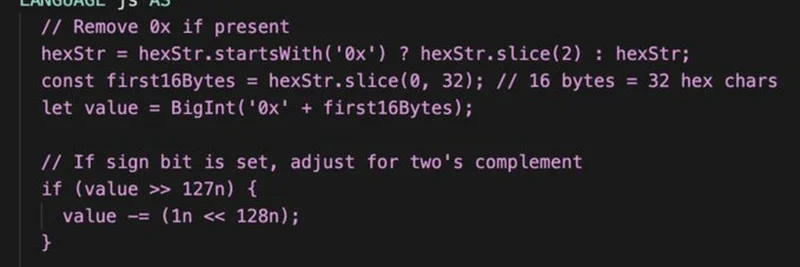Hey there, crypto enthusiasts! If you’ve been keeping an eye on the latest developments in the decentralized exchange (DEX) space, you’ve probably heard about Uniswap V4. This upgrade brought some exciting features like hooks, which give developers more flexibility but also add a layer of complexity to the data. Today, we’re diving into a fascinating tweet from Token Terminal that reveals how they tackled this challenge using BigQuery User-Defined Functions (UDFs). Let’s break it down and see what this means for the blockchain world!
What’s the Buzz About Uniswap V4?
Uniswap V4 is the latest iteration of the popular DEX, and it’s packed with innovations. One standout feature is the use of hooks—smart contracts that can be attached to liquidity pools to customize their behavior. This is a game-changer for developers building new financial tools on top of Uniswap. However, these hooks come with a catch: the swap data is now bit-packed, meaning it’s compressed into a single 256-bit word with two signed 128-bit integers. Sounds tricky, right? That’s where Token Terminal’s solution shines.
The Challenge of Decoding Swap Data
Imagine trying to read a book where every sentence is squished into a secret code. That’s essentially what data consumers face with Uniswap V4’s bit-packed swap data. To extract meaningful values like amount0 and amount1, you need to reverse-engineer the bitwise logic. For small-scale analysis, the Uniswap team shared an inline SQL solution on Dune, which works fine for dashboards. But when you’re dealing with millions of rows daily—like Token Terminal does—this approach becomes a maintenance nightmare.
Enter the tweet we’re focusing on! It showcases a clever workaround: a BigQuery UDF written in JavaScript to decode this data efficiently.
How the UDF Works Its Magic
Let’s unpack the code shared in the tweet. The uniswap_v4_decodeAmount0 function is a JavaScript-based UDF that takes a hexadecimal string as input and returns a decoded value. Here’s the simple breakdown:
- Step 1: Clean the Input - It removes the
0xprefix if present, making the hex string easier to work with. - Step 2: Extract the First 16 Bytes - The function slices the first 32 characters (representing 16 bytes) to focus on the upper 128 bits.
- Step 3: Convert to BigInt - Using JavaScript’s
BigInt, it converts the hex value into a large integer, which can handle the massive numbers common in blockchain data. - Step 4: Handle Two’s Complement - If the sign bit is set (value > 127n), it adjusts for two’s complement to get the correct signed integer.
- Step 5: Return the Result - The function returns the value as a string, ready for further analysis.
This elegant solution encapsulates the decoding logic into a reusable function, saving time and reducing errors.
Why This Matters for Blockchain Practitioners
So, why should you care? This UDF approach isn’t just a technical win—it’s a scalability breakthrough. By integrating it into BigQuery, Token Terminal can process millions of rows daily, supporting not just Uniswap V4 but also projects like EulerSwap, which builds on V4’s hooks. The decoded amount0 and amount1 values feed into metrics like trading volume and fees, giving analysts a clearer picture of onchain activity.
For blockchain practitioners, this means better tools to track and optimize DEX performance. Whether you’re a developer building the next big DeFi app or an investor analyzing market trends, this kind of data decoding opens new doors.
The Bigger Picture
Token Terminal isn’t stopping here. They manage over 1 PB of onchain data across ~100 chains, and this UDF is just one piece of their full-stack data platform. As more protocols leverage Uniswap V4’s flexibility, solutions like this will become essential for staying ahead in the crypto game.
What do you think about this innovation? Are you excited to see how it might impact meme tokens or other DeFi projects? Drop your thoughts in the comments, and stay tuned to Meme Insider for more updates on the latest blockchain tech!


